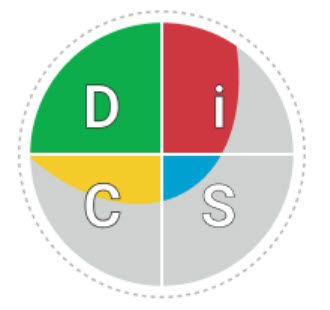Suicide Prevention and Awareness Training: A Lifesaving Necessity
Why Suicide Prevention Training Matters

In a world where mental health struggles are increasingly common, the importance of suicide prevention and awareness training cannot be overstated. Every year, millions of people are affected by suicidal thoughts, and tragically, too many lives are lost. But the good news is, we can all play a role in preventing these tragedies. By equipping ourselves and our communities with the right tools, we can recognize the warning signs, offer support, and save lives.
Why Suicide Prevention Training Matters
Suicide is not just a mental health issue—it’s a community issue. It impacts families, friends, coworkers, and entire social networks. While it can feel overwhelming, suicide is also one of the most preventable causes of death. Prevention starts with awareness, and that’s where training comes in.
Suicide prevention training gives individuals and teams the skills to:
- Identify warning signs of suicide in others.
- Communicate effectively and offer support in times of crisis.
- Understand the resources available for further help, whether it's professional counseling, hotlines, or support networks.
Recognizing the Warning Signs
Many people struggling with suicidal thoughts don’t openly talk about it, but there are signs to watch for. These might include:
- Sudden withdrawal from social activities or isolation.
- Expressing feelings of hopelessness, worthlessness, or being a burden.
- Changes in behavior, such as extreme mood swings or reckless actions.
- Talking about death or giving away personal belongings.
While it can be difficult to recognize these signs, suicide prevention training helps individuals learn how to spot them early and respond appropriately.
Creating Safe Spaces for Communication
When someone is in crisis, knowing how to respond can make all the difference. Suicide prevention and awareness training teaches the importance of active listening, empathy, and nonjudgmental support. It can be intimidating to engage in a conversation about suicide, but learning how to have these difficult conversations is crucial.
One key aspect is to open the lines of communication in a safe, supportive, and non-threatening way. Phrases like, “I’ve noticed you’ve been struggling—can we talk about what’s going on?” or “You’re important to me, and I want to make sure you’re okay,” can start a potentially lifesaving dialogue.
The Role of Personal Medicine in Suicide Prevention
In addition to direct prevention methods, personal medicine coaching can play a significant role in mental health support. Personal medicine focuses on the idea that individuals have personal strengths and resources they can draw upon in times of crisis. This could be anything from positive coping strategies to meaningful activities that bring purpose and joy to life. Integrating these methods into training helps empower individuals to take charge of their mental health and well-being.
The Power of Community Involvement
It’s not just professionals who should be equipped with these skills—everyone in a community can contribute to preventing suicide. Whether it’s family members, friends, coworkers, or team leaders, being trained in suicide prevention means being ready to act when someone’s life is on the line.
Workplace training is especially valuable. Many people spend a significant portion of their day at work, and colleagues are often in a position to notice changes in behavior that could indicate mental health struggles. A trained team can provide mutual support and recognize when someone might need help, creating a safety net within the workplace.
Breaking the Stigma
Another vital component of suicide prevention training is breaking down the stigma that surrounds mental health. Too often, people feel ashamed to talk about their struggles, fearing judgment or misunderstanding. Training helps to normalize conversations around mental health, ensuring that no one feels alone or afraid to ask for help.
Making a Lifesaving Difference
The importance of suicide prevention and awareness training cannot be overstated. It saves lives, fosters community, and creates a culture where mental health is prioritized. Whether you’re a team leader, an employee, a family member, or a friend, equipping yourself with this training ensures that you are ready to make a difference when it counts.
If you’re interested in learning more about how to implement suicide prevention and awareness training in your community or workplace, reach out to us at Heedway Corporate Training. Together, we can create a safer, more supportive world for everyone.
Remember: You have the power to save lives.







